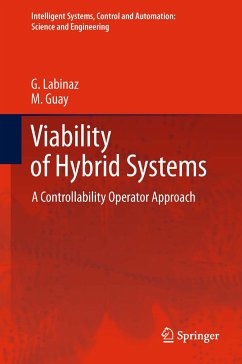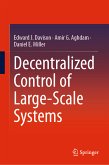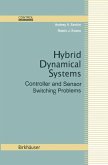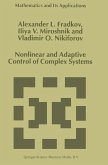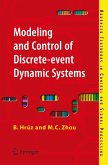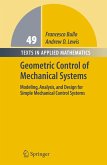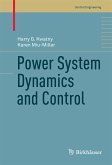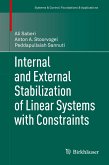The theory is applied through simulation to an active magnetic bearing system and to a
batch polymerization process showing that viability can be satisfied in practice. The problem of viable attainability is examined based on the controllability operator approach introduced by Nerode and colleagues. Lastly, properties of the controllability operator are presented.
Dieser Download kann aus rechtlichen Gründen nur mit Rechnungsadresse in A, B, BG, CY, CZ, D, DK, EW, E, FIN, F, GR, HR, H, IRL, I, LT, L, LR, M, NL, PL, P, R, S, SLO, SK ausgeliefert werden.
"This book considers hybrid systems with uncertainties and state constraints. ... it provides an interesting approach to viability problems with uncertainties and it explains the relations to other concepts of hybrid systems very well. ... I recommend that the reader focus on the key notions behind each step of conceptual or algorithmic extension. ... this book will provide interesting new insights into the broad field of hybrid systems." (Thomas Lorenz, Mathematical Reviews, January, 2013)

